A Dark Love Letter To The World Around You: Kiku Pukk Härenstam Puts Passion For Folklore Into Every Page Of ‘Vaesen’
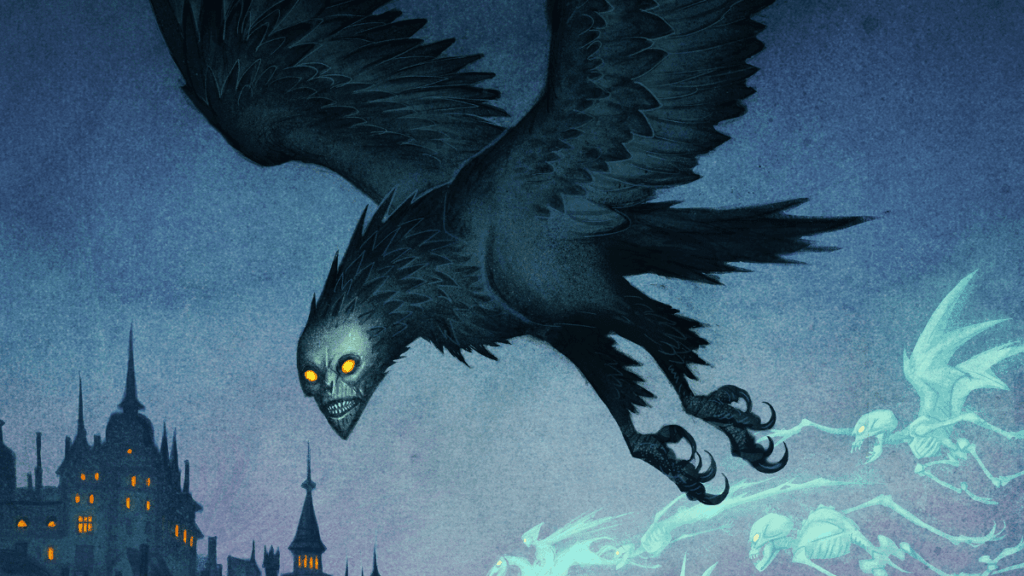
This year at Gen Con, Free League Publishing had as good a year as ever. They showed off their new starter sets for The One Ring and LOTR Roleplaying, announced new titles like Twilight Sword as well as an expansions for Coriolis, The Great Dark. They even continued their streak of ENnie wins with multiple pickups including their fifth for Fan Favorite Publisher. In the middle of all the excitement on the floor you’d see the team, including CEO Tomas Härenstam, running around to help congoers navigate the many parts of the Free League catalog. Luckily, I was able to find some time to chat with Kiku Pukk Härenstam, who not only seems to have an eye on the whole booth at these cons but also is one of the main minds behind Vaesen. Since that might be one of my favorite TTRPG’s ever, I was excited to learn more about her work with Swedish folklore, tabletop horror, and the newest books coming to the line this fall.
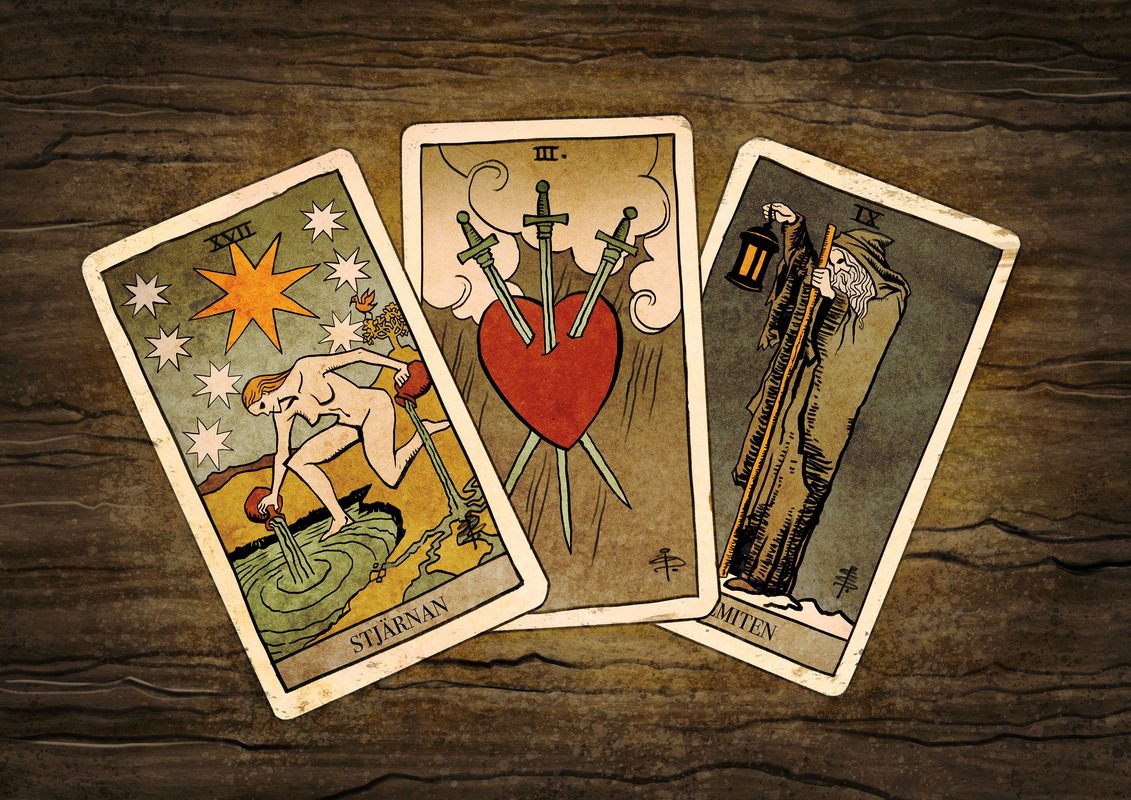
When Vaesen first came out, it was kind of a sleeper hit, in a way, since it was so specific and tied to Nordic folklore. How did you start writing the follow-ups and what did you want to bring into it that wasn’t there in the first release?
Kiku Pukk Härenstam: I was always fascinated with Vaesen (EN: when the term is italicized it will refer to the TTRPG, when it is not it will refer to the Swedish folkloric creatures) and that was like one of my first, like, Nordic interests as a child. If you would have met me when I was like seven or eight, I would have been crawled up somewhere reading a book about Swedish folklore and Vaesen. I grew up with a very superstitious grandmother. She would tell me about all the supernatural creatures from the Baltic states that she legitimately believed in. For instance, when I would lose a tooth she would throw it behind her stove for the domovoy. So when we started talking to Johan Egerkrans about his books — that was like a love at first sight.
What made me step into the role of actually writing rather than just playing was that I feel that we have an opportunity with Vaesen to include an element in horror roleplaying games that is not only killing the monster but actually trying to understand these creatures. A lot of them are archetypes of human behaviors and their origins are trying to explain different aspects of human life really. I was intrigued by the idea of not only hunting them but to actually, from an anthropology sort of way, try to sort of understand, make deals with them, almost have them as protagonists in a way in the different settings. That’s what I try to bring to those mystery books. You can of course play the games, that’s the beauty of role-playing games. Of course you can drive a spike through the heart of the Nissan and kill it, but you could also try and understand why it’s so grumpy and why it’s grieving and do something about that.
What I’ve always really liked about Vaesen is that the human horror is a much a part of it as the monster horror. And so I wonder how do you find the, how do you incorporate that balance of almost “realistic” horror, that balance with humanity and the folklore?
Kiku: There is this element of folklore that has its origins in really dark human actions and behaviors and there’s always this mechanics where depending on how you die you can become an undead creature doing different things. I also think that the 1900s and even before that were really harsh living conditions. Just going back to my own family, hearing the narratives of people’s lives, they’re very tragic stories. And it’s also interesting to try and understand what happens with a person that lives a life like that. So a lot of the characters in a Vaesen mystery also have these backgrounds.
You don’t want to move into a space where you’re upsetting people, but the whole core idea of telling good night stories the way they were told back in those days, they were dark and scary because they were helping people explore stuff or giving them warnings about not going by themselves into the woods. So there is this intricate balance in trying to write characters that are not only evil or good. You have to sort of, I think, have an understanding of why they are behaving the way they are.
So you started with Seasons of Mystery, and then you edited The Lost Mountain Saga. What was it like working with Ellinor DiLorenzo and getting that outside perspective?
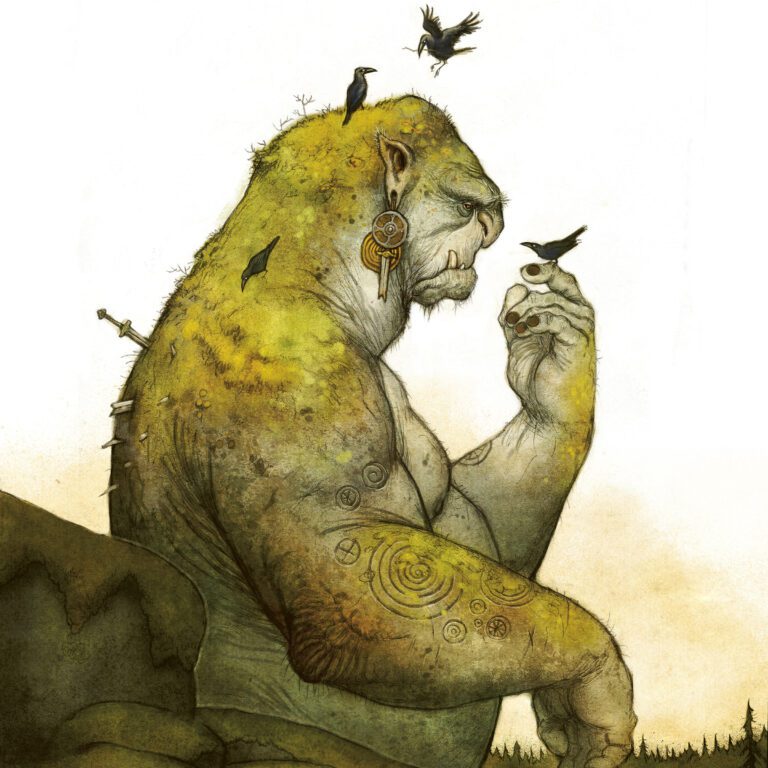
Kiku: Wonderful. That was a lot of fun. I had listened to her podcast and I fell in love with it. They have a very fun way of playing that, it’s very humorous and she brings these charming elements of Swedish culture into it. So, I then brought it to the attention of the Free League and they also loved her stuff. Of course it is a lot of work to transform something, you have to write in a much more open way. You can’t write a novel or a short story because you have to allow for the players to have spaces to innovate within that space. So we had to sort of transform this script almost for the podcast into something that was possible for the players to come in and actually own by themselves.
How do you maintain the folklore elements of the game?
Kiku: It’s really good to have variety and it’s a really good strength of Vaesen. Johan has really done a lot of research on writing his books, the art books, so I think it’s also sort of staying true to the lore. So it’s a good thing I think to sort of continue that. There was no internet in the 19th century, but I think a lot of game masters go out and do searches on the web on the Vaesen. It’s important to me that if you find information in an old book or you find it on the internet or something that it actually makes sense so that we don’t transform the Vaesen into other beings. So those are the types of things that maybe I consult on or help look for when we sort of write new stuff.
So the two new things we’ve got coming, City of My Nightmares and Mystic Carpathia, were on Kickstarter earlier this year. I want to start in Carpathia, which you edited. That’s a very, very famous region within folklore worldwide. You got to play with vampires, to play with strigoi.
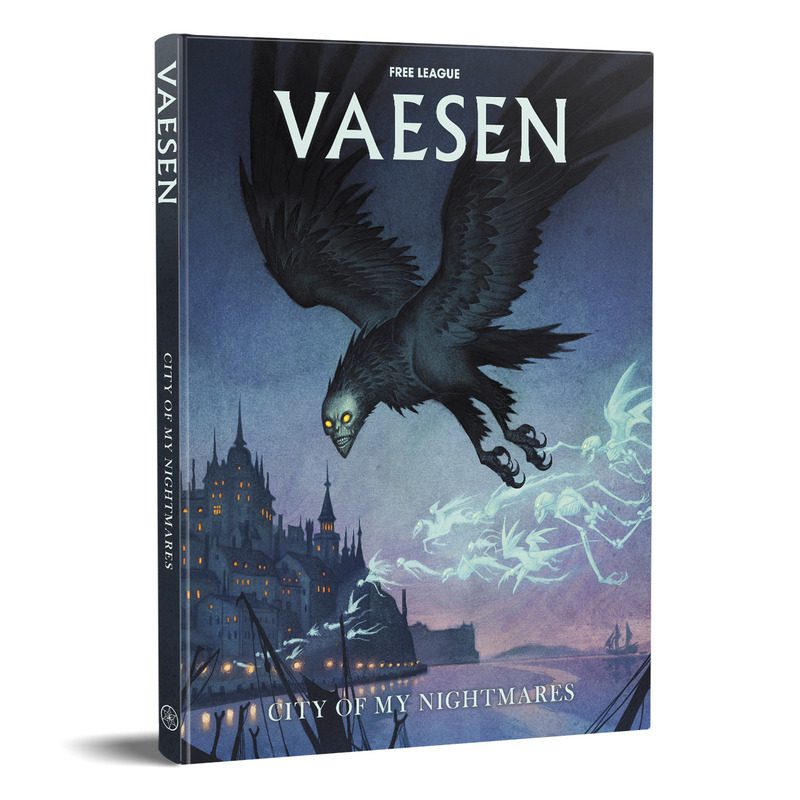

Kiku: The gaming studio that we’re working with is a mixture of people from Poland and Ukraine, they bring to it this richness of knowing their own setting. So you will get not only the the popular version of Count Dracula-esque, you will also get some like more in-depth elements to those different classes. I also think that they are bringing some really cool settings to this, because I think the second part of a lot of our Vaesen adventures is choosing settings that mean something. So for my adventures I have placed both of my first adventures in the Baltic states because I have roots from Estonia. There are elements in there that are part of my family history and I know that the other writers like Thomas brought in elements or setting aspects that are actually real places.
I have also learned a lot about these iconic new Vaesen by sort of just going through and reading and the types of stories that they will tell. Of course if you are a hardcore fan of Carpathian folklore you will actually know quite a lot but I think even for those people it will be interesting to get these in a the book like that.
Finally, tell me about your writing on City of My Nightmares. This is going to be, if I remember correctly, it’s one big story, correct, and a fairly urban one at that?
Kiku: It is an overarching story that sort of binds the four different mysteries together, but they can also be played as four separate mysteries. It’s set the Stockholm region, so most of the mysteries are set in the city. In Stockholm there is this tradition in the summers to go out in the archipelago, so there’s one mystery that is more like classic. You go out from the city and you sort of visit this family on an island. But I was intrigued, actually, in thinking about what would happen if you have some us who are integrated into urban life. There are a lot of more urban fantasy, gothic horror tales that I thought were really intriguing, even like the old school, like Frankenstein, the Dracula, or up to the Penny Dreadful series. But most of all these stories were born from me just walking to work. You know, going back and forth and thinking about “What about this alley? What might happen here?” It has been really fun. It’s sort of a love letter to the 19th century Stockholm, but it’s also a love letter to places where I spent a lot of time.
Images via Free League Publishing
Have strong thoughts about this piece you need to share? Or maybe there’s something else on your mind you’re wanting to talk about with fellow Fandomentals? Head on over to our Community server to join in the conversation!

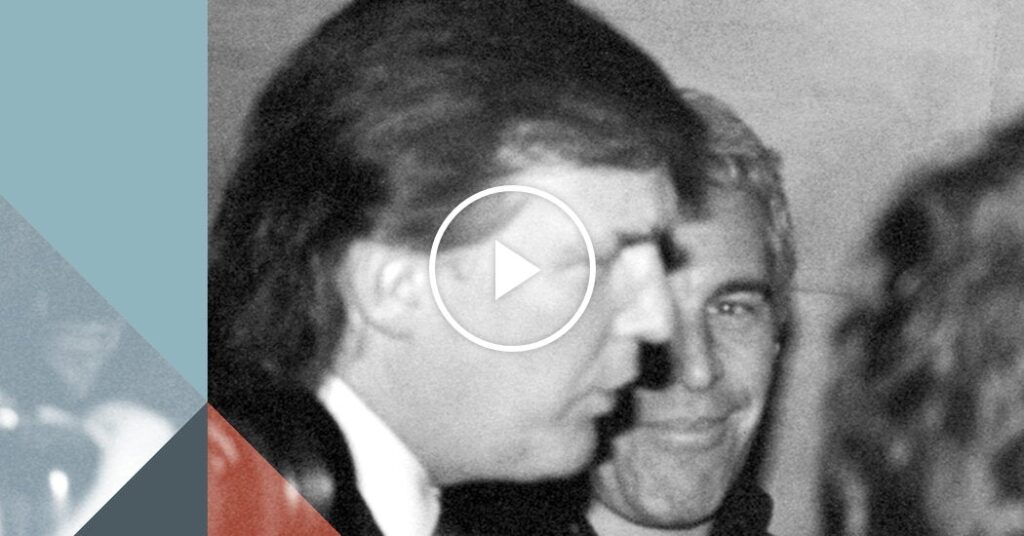
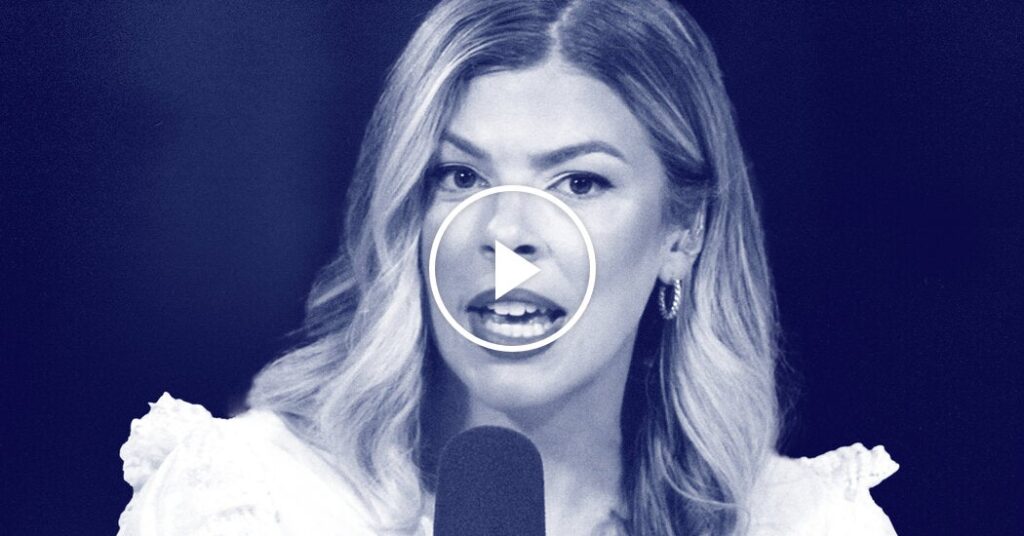
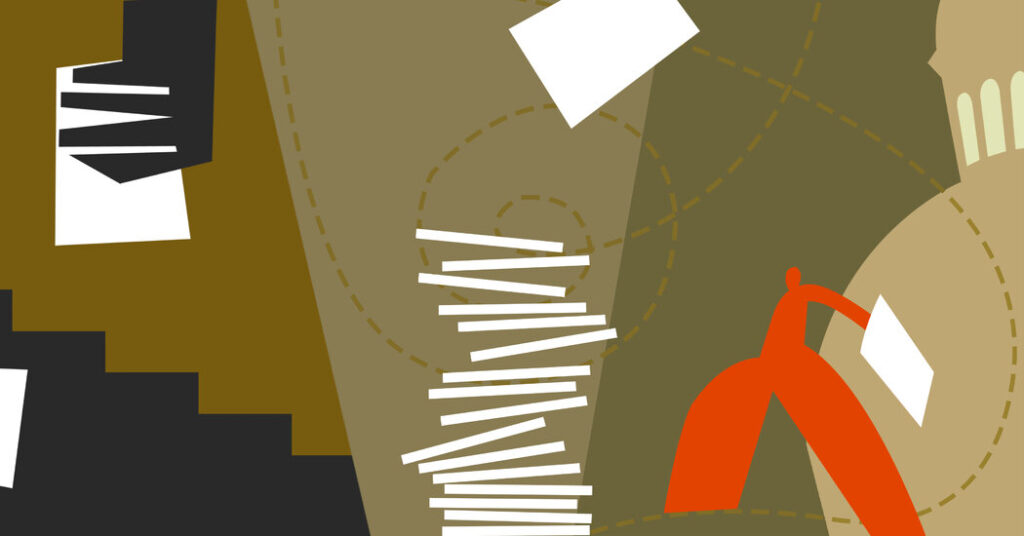
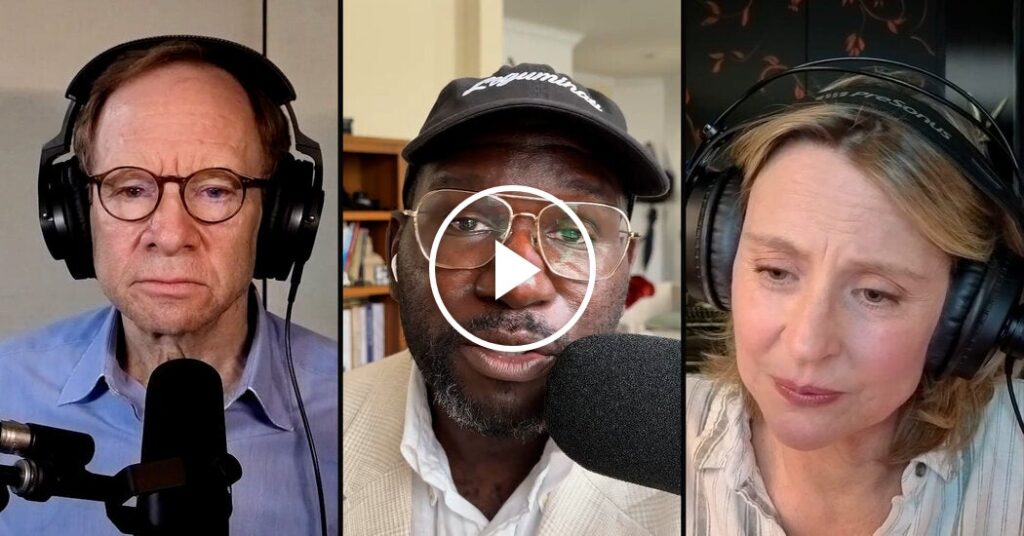

Responses